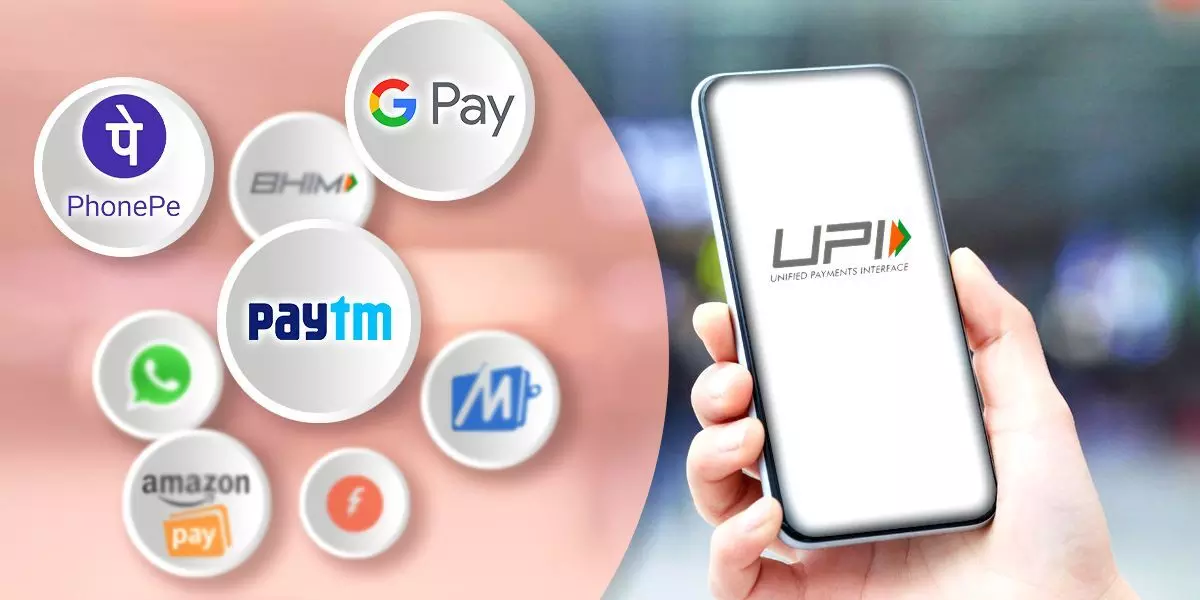Make UPI Payments Without Internet: UPI Lite X Now Available
NPCI launches UPI Lite X to enable secure offline payments without internet using NFC. Rollout begins August 2.
image for illustrative purpose

The National Payments Corporation of India has unveiled UPI Lite X, a feature that enables offline transactions via near field communication (NFC). Effective August 2, the new guidelines aim to expand digital payment reach in areas with limited or no internet connectivity.
UPI Lite X builds on the existing UPI Lite framework by adding an NFC-based offline capability. Users with NFC-enabled smartphones and UPI Lite activated can make person-to-person and merchant payments without an active internet connection. Both payer and payee must have UPI Lite X enabled on their devices for the transaction to clear successfully.
To enable the feature, users must first confirm NFC support in their smartphones by checking device settings. Once NFC is turned on, the individual can open their UPI app, navigate to the Lite section, and activate UPI Lite if not already done. An initial balance, typically up to Rs 2,000, must be loaded from a linked bank account. In the same section, users can opt to enable UPI Lite X for NFC-based offline payments. On Android devices, this may require setting the UPI app as the default for contactless payments through Settings > Connected devices > NFC > Contactless payments.
A per-transaction ceiling of Rs 500 and a daily limit of Rs 2,000 apply to offline payments under UPI Lite X. Once the payer authorizes a payment via UPI PIN or app authentication, the amount debits from the payer’s UPI Lite balance and credits the payee’s UPI Lite balance. Both parties must reconnect to the internet within four days of the offline transaction to sync with bank servers and complete settlement.
“UPI Lite X will address payment hurdles in remote regions and during network outages,” said an NPCI spokesperson.
The NPCI announced related UPI efficiency guidelines earlier in the month. These guidelines outline risk controls and settlement processes designed to improve transaction reliability. Under the new directives, financial institutions must ensure UPI Lite X transactions settle promptly upon reestablishing connectivity. Banks and payment service providers have been instructed to deploy necessary software updates by the August 2 deadline.
Industry experts note that NFC-based offline payments could benefit customers in rural areas, where mobile data coverage is often inconsistent. Merchants operating in areas with weak network signals can now accept UPI payments without requiring a stable internet link. The system stores transaction proofs in secure elements on device chips, forwarding them to banks once connectivity resumes.
Implementation requires coordination among device manufacturers, app developers, and banks. Device makers must embed secure NFC modules, while UPI apps must integrate offline payment protocols. Banks need to modify backend systems to process delayed transaction requests and adjust reconciliation workflows.
Several major UPI applications have already announced support for Lite X. Users of these apps can verify eligibility by checking for the Lite X option in their UPI app settings. UPI users are advised to maintain at least a nominal balance in their UPI Lite wallet to facilitate offline payments. Transactions exceeding the allowed limit must occur when internet access is available.
Like existing UPI Lite transactions, payments through UPI Lite X do not require re-entry of bank account details or the beneficiary’s UPI ID. Instead, users tap their phones against NFC-enabled terminals or other smartphones to exchange encrypted payment data. This approach aims to reduce transaction failure rates caused by poor network conditions.
Merchant adoption will be critical for UPI Lite X’s success. Retailers and small vendors can enable NFC-based receipt of payments by installing compatible point-of-sale devices or updates to existing terminals. NPCI plans to conduct workshops and webinars for merchant partners to facilitate integration.
Consumers who rely on UPI for daily transactions may find UPI Lite X particularly useful during travel or emergencies. Users can view pending offline transactions in their UPI app and track synchronization status once connectivity is restored. Should a user fail to reconnect within four days, pending amounts will automatically revert to the payer’s linked bank account.
The NPCI has highlighted that UPI Lite X transactions will follow existing security protocols, including two-factor authentication and encrypted data channels. In the event of device theft or unauthorized access, users can block UPI Lite X via their bank’s customer support or within the UPI app.

